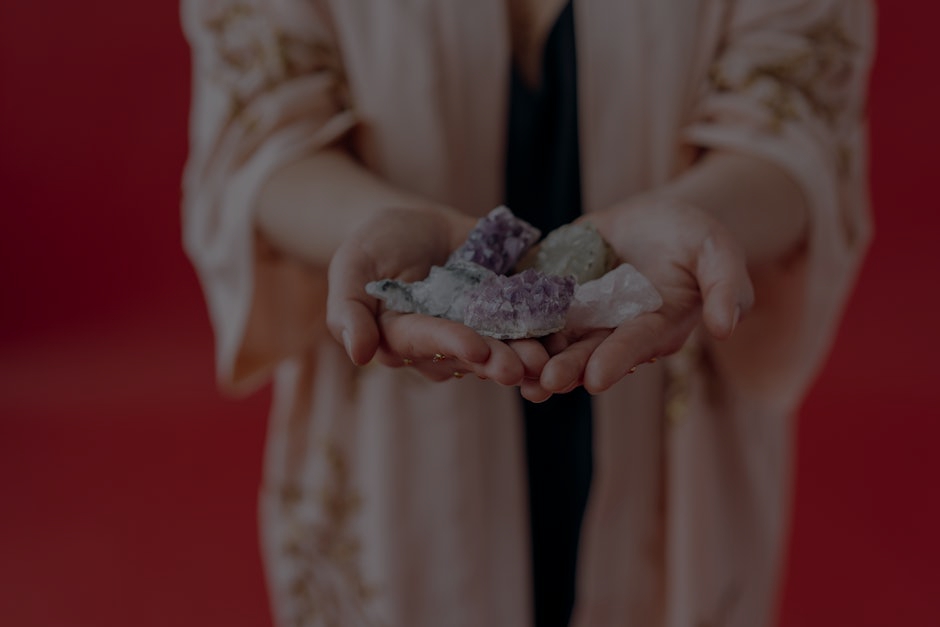Discovering the Power of Color in Feng Shui
Choosing the right colors for your living space can significantly influence your mood and energy. By harnessing the principles of feng shui, you can create an environment that promotes harmony and balance.
The Psychological Impact of Color
Colors evoke emotions and can affect our mental state. For instance, warm colors like red and orange can stimulate energy and excitement, while cool colors like blue and green can promote calmness and relaxation. Understanding this impact is essential when selecting colors for your living space. Feng shui emphasizes the importance of creating a balanced atmosphere that aligns with your personal energy.
Color Associations in Feng Shui
In feng shui, each color corresponds to specific elements and energies. For example, red represents fire and is associated with passion and motivation, making it ideal for a home office. Green symbolizes growth and renewal, perfect for spaces where you want to encourage relaxation, such as bedrooms or meditation areas. By recognizing these associations, you can make informed decisions that enhance your living space’s energy.
Creating Balance with Color
Achieving balance is key in feng shui. This involves mixing colors to ensure that no single hue dominates the space. For example, pairing calming blues with energizing yellows can create a harmonious environment. It’s also essential to consider the natural light in your space, as it can alter how colors appear. A well-balanced color palette can help you feel more grounded and centered in your home.
Choosing Colors Based on Room Function
Different rooms serve various purposes, and your color choices should reflect this. In the kitchen, vibrant colors like orange can stimulate appetite and conversation. In contrast, soft pastels in the bedroom can create a tranquil atmosphere conducive to rest. Understanding the function of each room will guide you in selecting colors that enhance their intended use.
Personal Preferences and Cultural Influences
While feng shui provides a framework for color selection, personal preferences and cultural influences also play a vital role. Consider what colors resonate with you and how they make you feel. Additionally, cultural meanings associated with colors can impact your choices. For instance, in Western cultures, white symbolizes purity, while in some Eastern cultures, it may represent mourning. Balancing personal tastes with feng shui principles can create a truly unique and harmonious living space.
Implementing Feng Shui Colors in Your Home
Once you’ve determined the colors that resonate with you and align with feng shui principles, it’s time to implement them. Start with smaller elements, such as accessories or artwork, before committing to larger changes like paint or furniture. This approach allows you to experiment and find the perfect balance without overwhelming your space.
Maintaining Your Color Harmony
Lastly, remember that your living space is dynamic and may change over time. Regularly reassess your color choices and how they affect your energy. As your life evolves, so too should your environment. By maintaining awareness of your color harmony, you can continue to cultivate a space that supports your well-being.
In conclusion, choosing the right feng shui colors for your living space is a powerful way to enhance your environment. By understanding the psychological impact of color, creating balance, and considering personal preferences, you can transform your home into a sanctuary that promotes positivity and harmony. Embrace the energy of color and experience the difference it can make in your life.



